The Hagia Sophia in Istanbul is one of the most famous and iconic buildings in the world, attracting millions of visitors each year.
But few people know that the ancient church-turned-mosque-turned-museum is also home to some of the most enigmatic Viking graffiti ever discovered.
The graffiti, which dates back to the 9th century, was left by Viking warriors who traveled to Constantinople, now Istanbul, in search of adventure and treasure.

The graffiti, which includes runic inscriptions and images of animals and ships, has puzzled historians and archaeologists for decades.
One of the most famous inscriptions reads “Halvdan was here”, a reference to a Viking warrior who may have been one of the first Scandinavians to visit Constantinople. The graffiti is a fascinating glimpse into the lives of the Vikings, who were known for their seafaring skills and their love of adventure.
Despite its historical significance, the Viking graffiti in the Hagia Sophia remains a mystery to this day.
How did the Vikings get there? What did they hope to achieve? And what does their graffiti tell us about their lives and culture? These are just some of the questions that historians and archaeologists are still trying to answer, making the Viking graffiti in the Hagia Sophia one of the most intriguing and mysterious historical artifacts in the world.
History of Hagia Sophia
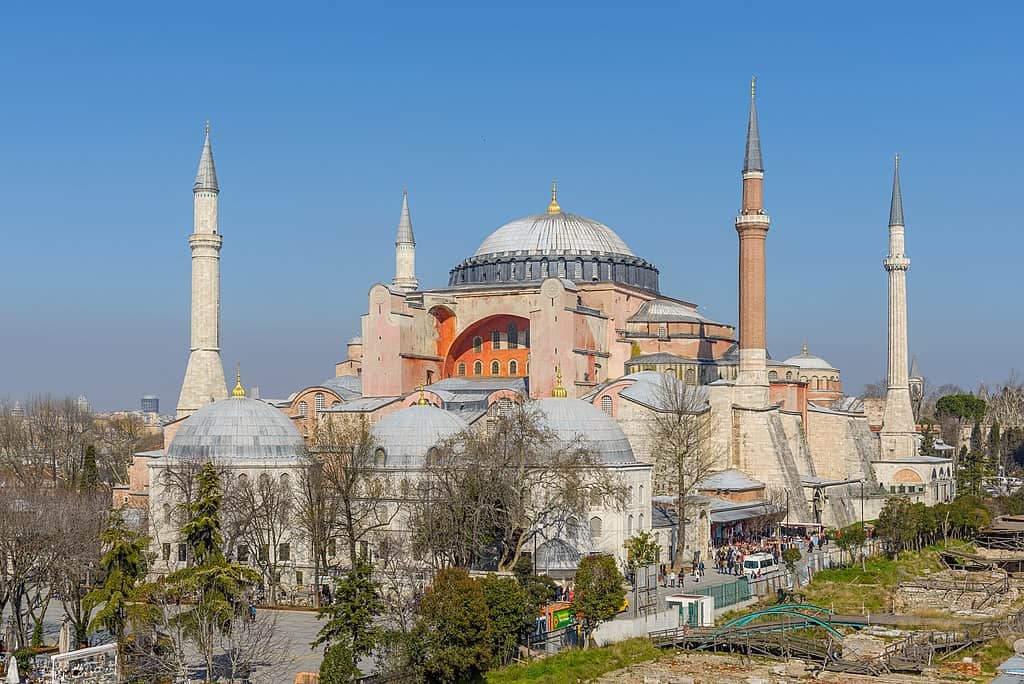
Hagia Sophia, also known as Ayasofya, is a historic monument located in Istanbul, Turkey. It was originally built as a church by the Byzantine Emperor Justinian I in the 6th century AD.
After the Ottoman Empire conquered Constantinople (now Istanbul) in 1453, the church was converted into a mosque. In 1935, the Turkish government turned it into a museum.
The Hagia Sophia is a masterpiece of Byzantine architecture and is renowned for its massive dome, which was the largest in the world for nearly a millennium. It served as the primary church of the Byzantine Empire and was the site of many significant events, including coronations and imperial weddings.
When the Ottomans conquered Constantinople, they converted the church into a mosque and added minarets and other Islamic features. The building served as a mosque for nearly 500 years, and during this time, many significant additions were made, including the construction of a mihrab and a minbar.
In 1935, the Turkish government decided to turn the Hagia Sophia into a museum. They removed many of the Islamic features that had been added during the Ottoman period and restored the building to its original state as much as possible. Today, the Hagia Sophia is one of the most popular tourist attractions in Istanbul and is visited by millions of people every year.
Viking Presence in Byzantium
The Viking graffiti found in the Hagia Sophia is evidence of the Viking presence in Byzantium. The Vikings, also known as Varangians, were known for their seafaring skills and their raids on coastal towns and cities. They were also renowned as mercenaries and served in the armies of various empires and kingdoms.
During the 9th and 10th centuries, many Vikings served as mercenaries in the Byzantine army. They were known as the Varangian Guard and were tasked with protecting the Byzantine Emperor and his family. The Varangian Guard was made up of Norsemen, Swedes, and Danes, and they played a significant role in the defense of the Byzantine Empire.
The Viking graffiti found in the Hagia Sophia is believed to have been left by members of the Varangian Guard. The graffiti is written in runes, which were the writing system used by the Vikings. The inscriptions include the names of several individuals, including Halfdan and Ari.
The discovery of Viking graffiti in the Hagia Sophia is significant because it provides further evidence of the Viking presence in Byzantium. It also sheds light on the lives of the Varangian Guard and their role in the defense of the Byzantine Empire.
The Varangian Guard
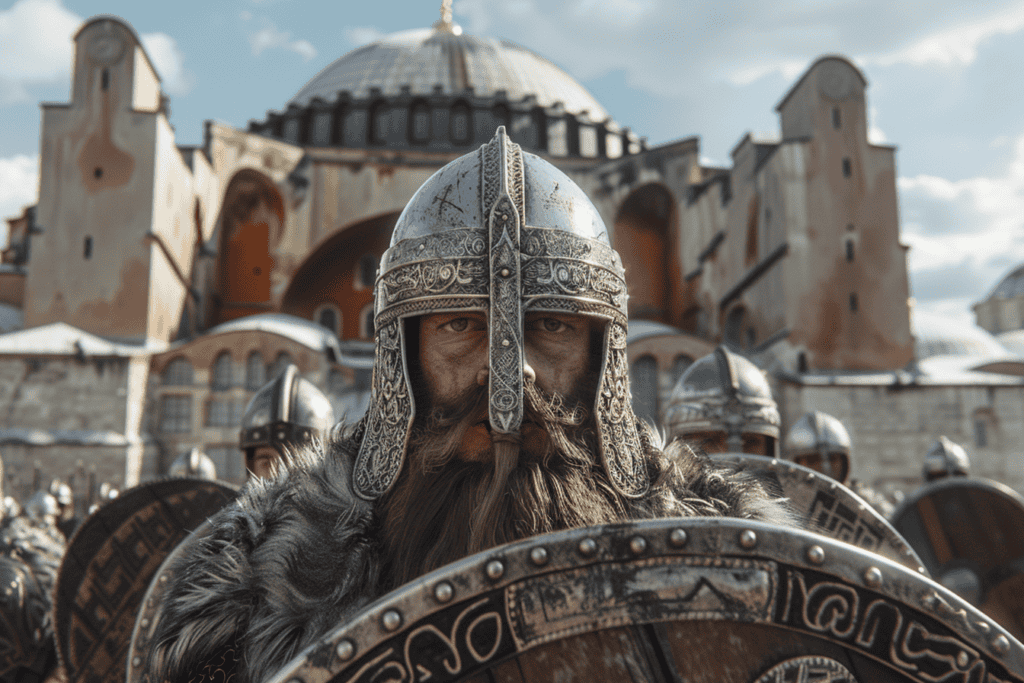
The Varangian Guard was a group of elite bodyguards that served as personal protectors of the Byzantine Emperor. The group was formed in the 10th century and was composed mainly of Viking warriors, Norsemen, and other Scandinavian mercenaries. The Varangians were known for their loyalty and their fierce fighting skills.
Origin and Role
The Varangian Guard was created by the Byzantine Emperor Basil II in the late 10th century. The group was formed to provide the emperor with a group of elite warriors who were loyal to him personally, rather than to the empire as a whole.
The Varangians were initially composed of Viking mercenaries who had come to Constantinople seeking employment.
The main role of the Varangian Guard was to protect the Byzantine Emperor and his family. They were also used to help put down rebellions and to fight in battles. The Varangians were known for their loyalty and were often used as a symbol of the emperor’s power.
One of the most famous members of the Varangian Guard was Harald Hardrada, who later became King of Norway. Hardrada served in the Varangian Guard in the early 11th century and was known for his bravery and skill in battle.
He later left the Varangian Guard and returned to Norway, where he became king.
Other famous members of the Varangian Guard include the Viking warrior, Egil Skallagrimsson, and the Norseman, Thorir Hund. The Varangian Guard continued to serve the Byzantine Emperor until the fall of Constantinople in 1453.
Halvdan’s Runic Inscription

One of the most intriguing artifacts in Istanbul’s Hagia Sophia is the runic inscription attributed to Halvdan, a Viking who carved his name on the marble parapet of the southern gallery.
The inscription, written in the Runic alphabet, is one of the few surviving examples of Viking graffiti in Constantinople, and has puzzled historians and archaeologists for decades.
The runic inscription reads “Halvdan was here,” and is followed by a series of illegible runes that have yet to be deciphered.
Experts have speculated that the runes may contain additional information about Halvdan, such as his rank or occupation, or may simply be a message to future generations.
Despite the mystery surrounding the inscription, scholars have been able to learn a great deal about Halvdan and his fellow Vikings through the study of runic inscriptions.
The Runic alphabet, which was used by Scandinavian and Norsemen during the Viking Age, contains a wealth of information about the language, culture, and beliefs of these ancient peoples.
Cultural Significance
The significance of Halvdan’s runic inscription extends beyond its linguistic and historical value. The inscription is a testament to the enduring legacy of the Vikings, and their impact on the cultures and societies they encountered during their travels.
The Vikings were known for their love of adventure and exploration, and their travels took them to far-flung corners of the world, from Russia to North America. Along the way, they left their mark on the cultures they encountered, through their art, language, and customs.
Halvdan’s runic inscription is a reminder of the Vikings’ cultural legacy, and their enduring influence on the world. It is a testament to the power of art and language to bridge the gaps between cultures, and to the human need to leave a mark on the world.
Viking Influence and Legacy
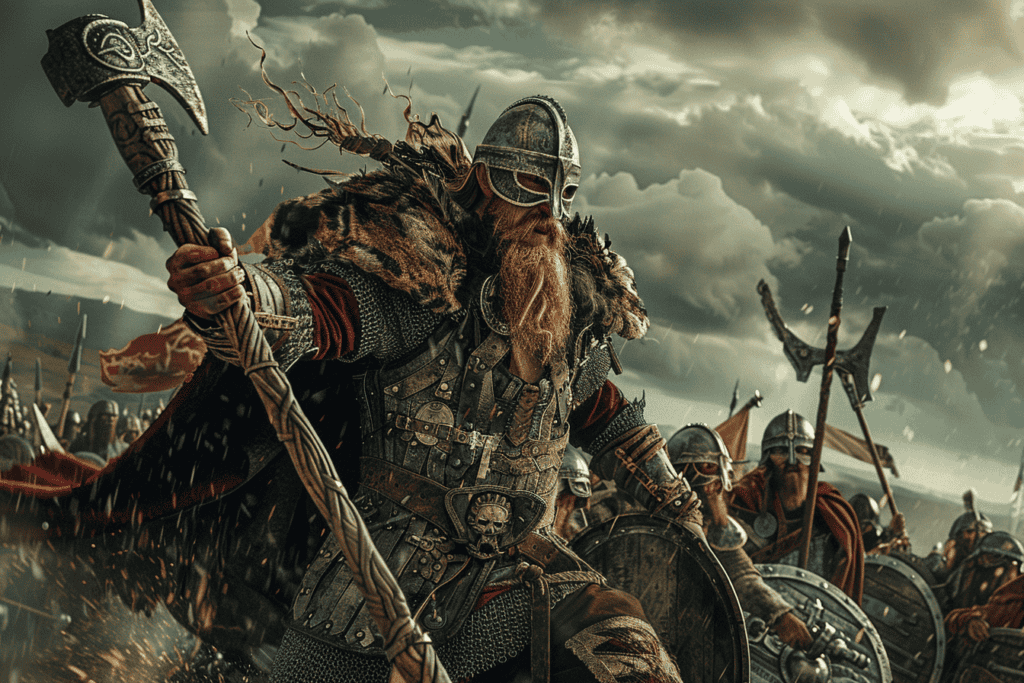
The Viking Age was a significant period of history that saw the emergence of seafaring warriors from Scandinavia.
They were known for their pillaging and trading activities across the North and Baltic Seas, and their influence extended as far as the Byzantine Empire, modern-day Turkey, and Russia.
Vikings were not only warriors but also traders and explorers. They established trade routes across continents, connecting Eastern Europe and the Black Sea to the West.
They traded in goods such as furs, amber, and slaves, and their trading activities helped to establish new markets and economic systems.
The Vikings also had a significant cultural impact on the regions they visited. They introduced new symbols, art forms, and beliefs, which influenced the cultures of the people they interacted with.
For instance, the Viking graffiti found in the Hagia Sophia is a testament to the cultural exchange that took place between the Scandinavians and the Byzantine Empire.
The Kievan Rus, a powerful empire that emerged in the 10th century, was heavily influenced by the Vikings. The Rus were ruled by Scandinavian lords, and they adopted the Orthodox Christianity of the Byzantine Empire.
The empire’s capital, Kiev, became a major center of trade and culture, and it was known for its beautiful architecture and art.

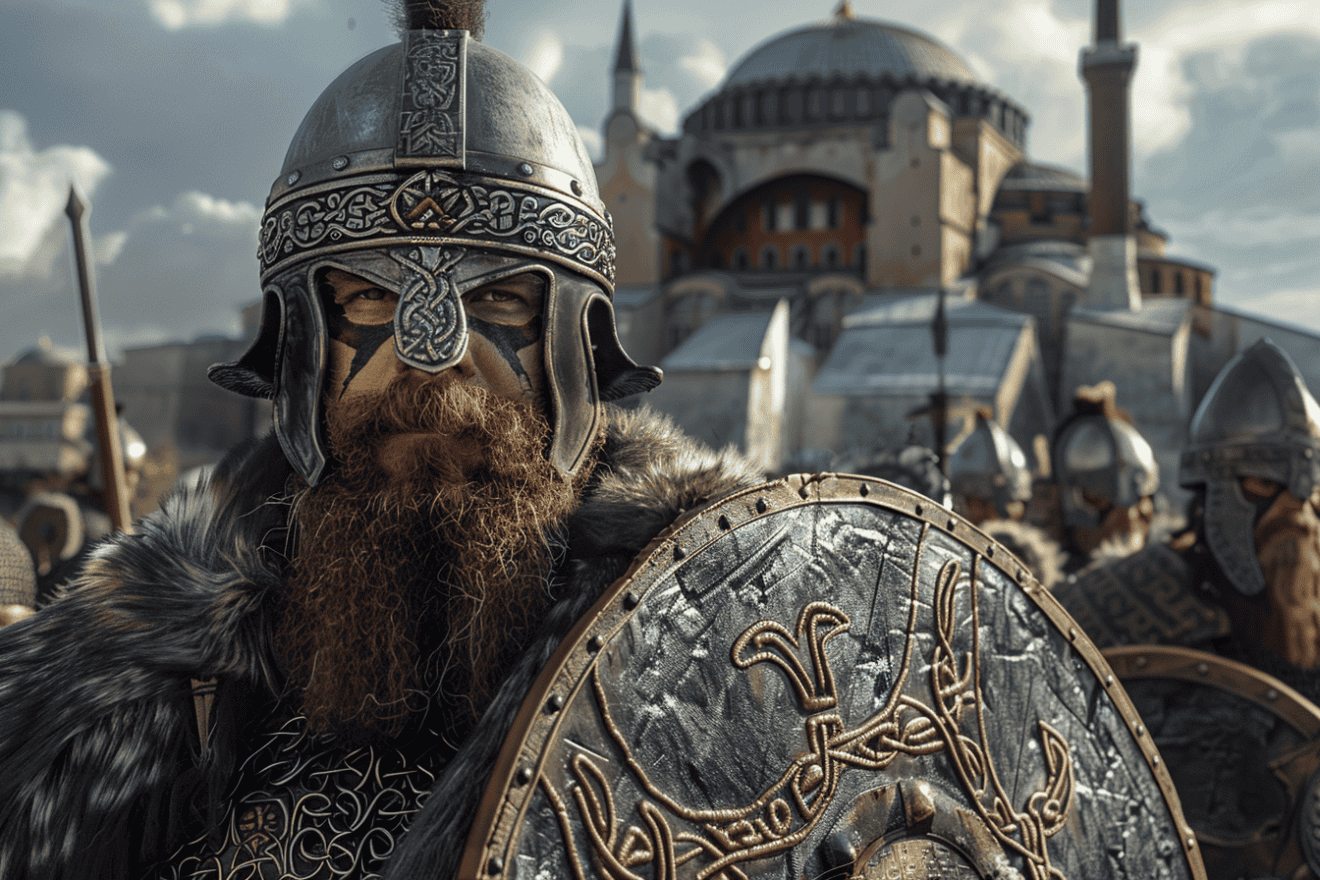

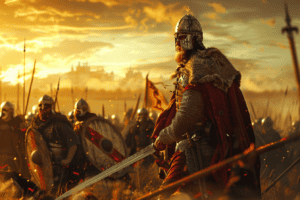






Add Comment